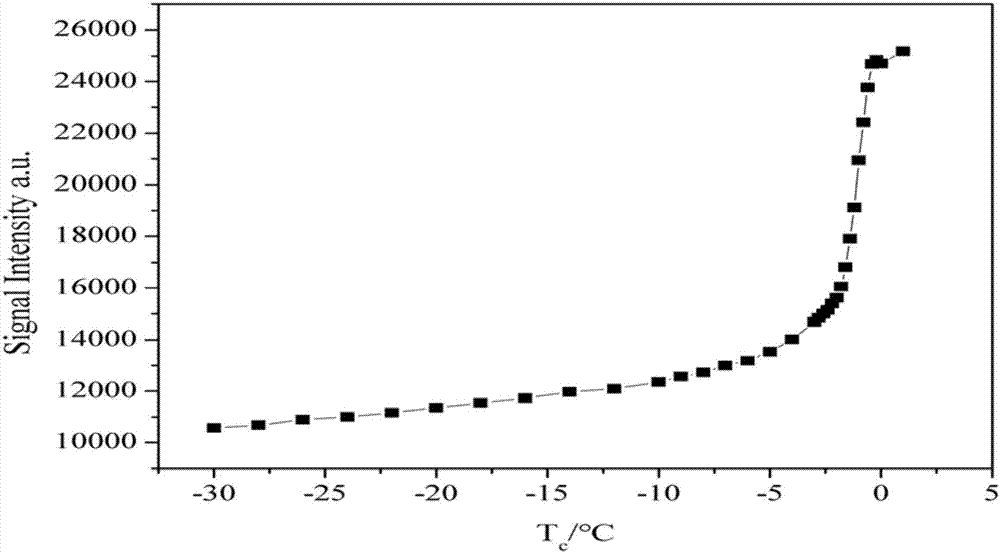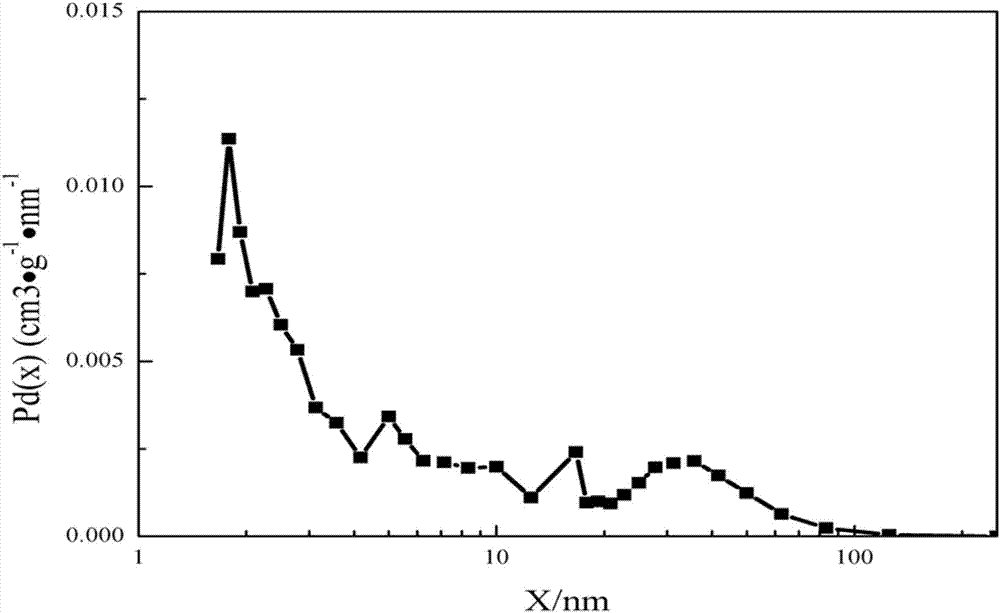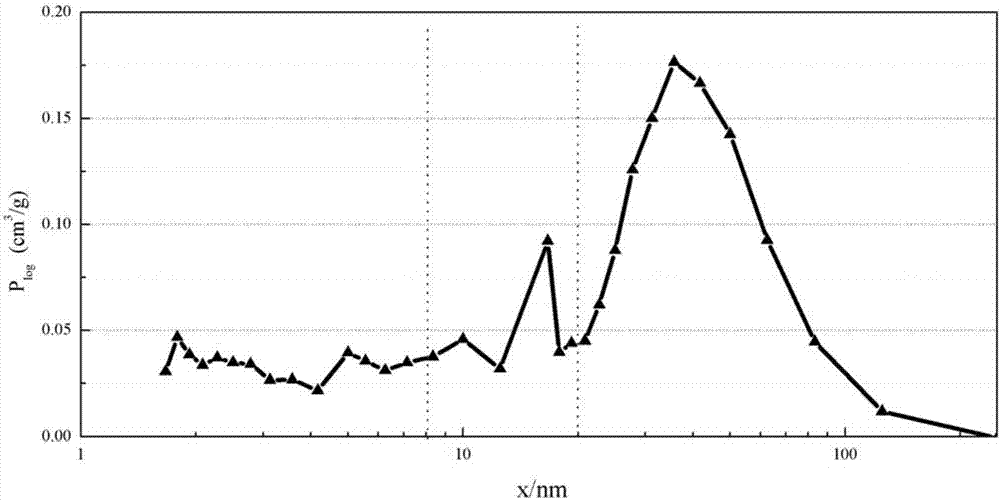Method for characterizing porous structure of cement-hardened paste by utilizing low-field nuclear magnetic resonance cryoporometry technology
A low-field NMR and pore structure technology, applied in the field of building materials, can solve the problems of inaccurate mercury porosimetry test results, large internal volume of pores, and potential safety hazards, and achieve a wide range of pore measurement, less sample consumption, and low cost. cheap effect
Inactive Publication Date: 2017-08-04
TONGJI UNIV
View PDF6 Cites 8 Cited by
- Summary
- Abstract
- Description
- Claims
- Application Information
AI Technical Summary
Problems solved by technology
However, mercury porosimetry has certain limitations:
[0004] 1. Due to the connectivity of the pores, mercury cannot be pressed into some closed pores, such as a large number of tiny disconnected pores in the cement hydration gel product, resulting in missed measurements;
[0005] 2. For the "ink bottle" hole (the pore shape is like an ink bottle, the hole is small, and the internal volume of the hole is large), the mercury porosimetry test result is inaccurate
[0006] 3. The mercury intrusion method uses mercury to intrude into the sample, but mercury is highly toxic and poses a safety hazard
Method used
the structure of the environmentally friendly knitted fabric provided by the present invention; figure 2 Flow chart of the yarn wrapping machine for environmentally friendly knitted fabrics and storage devices; image 3 Is the parameter map of the yarn covering machine
View moreImage
Smart Image Click on the blue labels to locate them in the text.
Smart ImageViewing Examples
Examples
Experimental program
Comparison scheme
Effect test
Embodiment 1
[0035] Example 1: Pore structure characterization of 52.5 ordinary Portland cement with a water-cement ratio of 0.5 and an age of 7 days.
the structure of the environmentally friendly knitted fabric provided by the present invention; figure 2 Flow chart of the yarn wrapping machine for environmentally friendly knitted fabrics and storage devices; image 3 Is the parameter map of the yarn covering machine
Login to View More PUM
| Property | Measurement | Unit |
|---|---|---|
| Diameter | aaaaa | aaaaa |
Login to View More
Abstract
The invention discloses a method for characterizing porous structure of cement-hardened paste by utilizing low-field nuclear magnetic resonance cryoporometry technology. The method comprises the following steps: a) preparing a test sample as required; b) putting the test sample into a low-field nuclear magnetic resonance instrument sample room with temperature changing function, and acquiring the nuclear magnetic resonance transverse relaxation attenuation semaphore I (T) of the test sample in different temperature range (-30DEG C to 1DEG C) by adopting CPMG pulse sequence according to certain temperature intervals; c) performing bracketing to the completely tested test sample, gradually drying and testing the linear relationship of nuclear magnetic resonance transverse relaxation attenuation semaphore and the quality of the test sample, to obtain a slope k; d) calculating the pore volume of the test sample in unit mass through a formula; and e) obtaining the differential pore size distribution curve and logarithmic differentiation pore size distribution curve of the test sample respectively through the formula. By adopting the method, the pore size distribution situation of cement-hardened paste of 1nm to 1000nm can be accurately measured.
Description
technical field [0001] The invention belongs to the field of building materials, and in particular relates to a method for characterizing the pore structure of hardened cement paste based on low-field nuclear magnetic freezing hole measurement technology. Background technique [0002] Cement is one of the largest building materials in the civil construction industry. Cement starts to undergo hydration reaction when water is added, gradually solidifies and hardens, and consolidates sand, stones, etc. together to form finished materials such as concrete. The hardened cement paste is a porous material, and its pore size ranges from interlayer pores of a few nanometers to gel pores of tens of nanometers to capillary pores of hundreds of nanometers. The pore structure of cement paste is closely related to the macroscopic properties of cement-based materials such as mechanical properties and durability. Therefore, in the field of building materials, the characterization of the po...
Claims
the structure of the environmentally friendly knitted fabric provided by the present invention; figure 2 Flow chart of the yarn wrapping machine for environmentally friendly knitted fabrics and storage devices; image 3 Is the parameter map of the yarn covering machine
Login to View More Application Information
Patent Timeline
 Login to View More
Login to View More IPC IPC(8): G01N24/08
CPCG01N24/08
Inventor 佘安明徐玉敬
Owner TONGJI UNIV
Features
- R&D
- Intellectual Property
- Life Sciences
- Materials
- Tech Scout
Why Patsnap Eureka
- Unparalleled Data Quality
- Higher Quality Content
- 60% Fewer Hallucinations
Social media
Patsnap Eureka Blog
Learn More Browse by: Latest US Patents, China's latest patents, Technical Efficacy Thesaurus, Application Domain, Technology Topic, Popular Technical Reports.
© 2025 PatSnap. All rights reserved.Legal|Privacy policy|Modern Slavery Act Transparency Statement|Sitemap|About US| Contact US: help@patsnap.com



